Testing value of the Bund despite thronging tourists
Updated: 2013-07-16 07:13
By Xu Junqian in Shanghai (China Daily)
|
||||||||
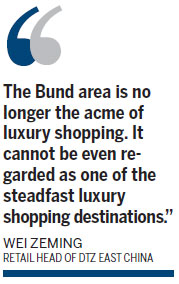
Several big-name global brands have left Shanghai's old luxury hub
The summer heat is taking its toll on the crowds of tourists on Shanghai's Bund where there are hardly any trees big enough to shade them from the merciless sun. Many seek refuge on the pavement under the shadow of the imposing old buildings that double as resting areas where sweating tourists sit on the steps or lean against the walls outside plush fashion boutiques and jewelry stores.
Nobody seems to mind. These establishments catering for the rich who made a fanfare of visiting the Bund a decade ago are quietly leaving one by one.
Of course, they aren't pulling out of Shanghai, which has remained a shopping paradise for rich entrepreneurs. But the Bund, as the retailers see it, has fallen victim to its own historical allure.
Yes, the rich still come in droves to the exclusive restaurants where they can savor haute cuisine against the backdrop of one of the most spectacular city views in Asia. But they have largely lost the urge to wander out in the streets among the tourist crowds to buy something.
Over the past two years, the once luxury hub of Shanghai, if not all of China, the historical buildings along the Bund area have been losing a galaxy of brands, including Patek Phillipe, Giorgio Armani and Dolce & Gabbana.
"The Bund area is no longer the acme of luxury shopping. It cannot be even regarded as one of the steadfast luxury shopping destinations," said Wei Zeming, retail head of property services provider DTZ East China.
While some consider it to be the latest sign of a stagnant or even shrinking Chinese luxury market, other industry insiders argue the Bund per se is losing its attraction for these brands, which are desperately wooing the world's second-largest consumer market at an especially "difficult time".
Consultants Bain & Co said the growth in sales of luxury goods cooled to a single digit on the Chinese mainland in 2012 - and there looks to be no improvement in 2013. The industry's largest growth engine, the watch sector, "dropped sharply" in 2012.
"The Bund is more of a tourist attraction than a shopping destination, let alone a luxury one," said Zhou Ting, director of the Fortune Character Research Center in Beijing.
"Most, if not all, of the people in the area are tourists from other places in China. They come here to take pictures, for sightseeing but hardly do any shopping. The staff selling some well-known brands have complained to us that there are tourists sitting outside their stores eating their lunches, which greatly vulgarizes their brand image," said Zhou.
Statistics from the municipality show the area receives a total of 500,000 to 800,000 visitors every day.
The large visitor flow was once a big appeal for retailers of luxury brands. About 10 years ago they were knocking on the doors to be allowed into what they thought would be a potential gold mine.
"Having a store on the Bund a decade ago was like having an ever-playing advertisement watched by tens of thousands of people every day," said Ye Qizheng, editor-in-chief of Fashiontrenddigest.com, a Chinese fashion and luxury industry online trade journal.
"A brand could go from being something that nobody knows to everyone wanting it," he added.
In 2004, led by Taiwan entrepreneur Vanna Teng, who said she was fascinated by the beauty of the century-old Bund, the former Standard Chartered Bank Building built in 1935 combined luxury shops, art galleries and fine dining within the seven-floor neo-classic architecture renamed Bund 18 in a ground-breaking fashion. It has housed names such as Cartier, Patek Phillipe and Ermenegildo Zegna.
Following that development, a number of other colonial waterfront estates were renovated and restored to the former glory of what was known as the "Oriental Wall Street" in the 1930s.
Now, however, with the aggressive expansion of luxury brands in China and overcrowding of the market, luxury retail real estate is moving on and the city's shopping districts are being remade.
Earlier this year, the almost 10-year-old flagship store of Giorgio Armani at Three on the Bund closed. Before that, Patek Phillipe relocated its only store in Shanghai from the Bund 18 to a spacious mansion hundreds of meters away that was once the British consulate.
None of this has anything to do with the affordability of the rent in the area.
A report from DTZ China showed that the average rent of high-end commercial property was 59.8 yuan ($9) per square meter per day during the first quarter of this year. The rent in the West Nanjing Road area is the most expensive at 85 yuan a square meter a day. On East Nanjing Road, where the Bund is, rents are below average at 58.1 yuan.
The buildings along the Bund are excluded from the figure for the East Nanjing Road area because the luxury brands in those buildings "don't amount to much", Wei said, meaning there are no more than 10.
"The history and nature of the Bund had restricted it to being a luxury shopping venue," said Ye, the fashion website's editor-in-chief.
But Frederic Lacour, chief marketing officer of Bund 18 Real Estate Management, is more confident of the building he is marketing. He refers to it, together with other 25 buildings in the area, as "the DNA of Shanghai".
Defining Bund 18 as "a trendsetter and tastemaker", Lacour said he believes it, as well as the whole area, will be, if it is not already, "the ultra-luxury shopping destination" in the city, despite the departure of Patek Phillipe.
Wang Ying contributed to this story.
xujunqian@chinadaily.com.cn
(China Daily USA 07/16/2013 page13)
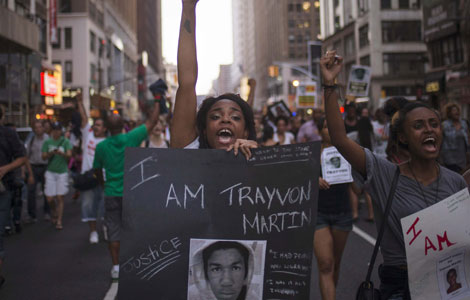
 Obama urges restraint amid protests
Obama urges restraint amid protests
 Putin wants Snowden to go, but asylum not ruled out
Putin wants Snowden to go, but asylum not ruled out
 Apple to probe death of Chinese using charging iPhone
Apple to probe death of Chinese using charging iPhone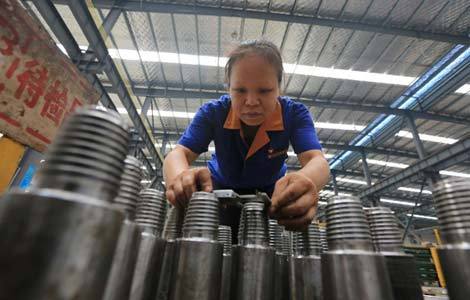
 Investment falters as industrial activity flags
Investment falters as industrial activity flags
 Rape victim's mother wins appeal
Rape victim's mother wins appeal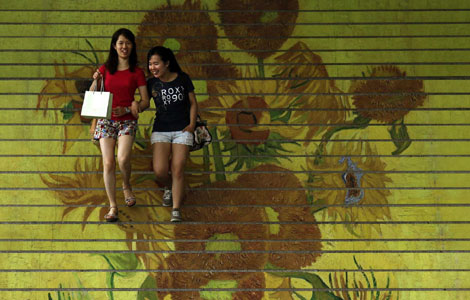
 Reproduction of 'Sunflowers' displayed in HK
Reproduction of 'Sunflowers' displayed in HK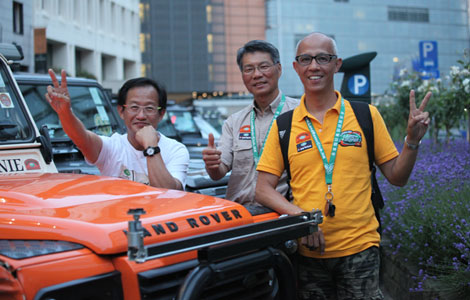
 Land Rover enthusiasts tour the world
Land Rover enthusiasts tour the world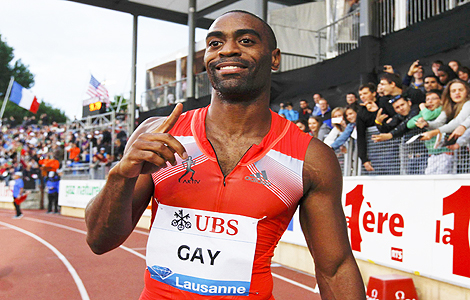
 US star sprinter fails drug test
US star sprinter fails drug test
Most Viewed
Editor's Picks

|
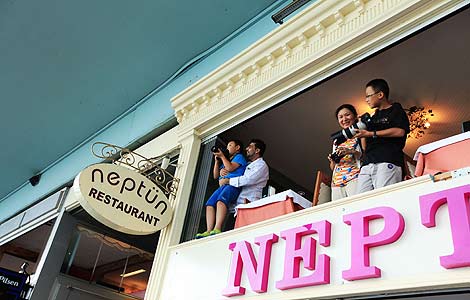
|

|

|

|

|
Today's Top News
Spain apologizes to Bolivia for plane delay
International cotton contract in the works
Smithfield shareholder still presses for break up
China calls for new talks on Iran nuclear issue
Global warming may largely raises sea level
Putin wants Snowden to go, asylum not ruled out
US: China can balance own growth
Top foreign study destinations for Chinese
US Weekly

|

|






